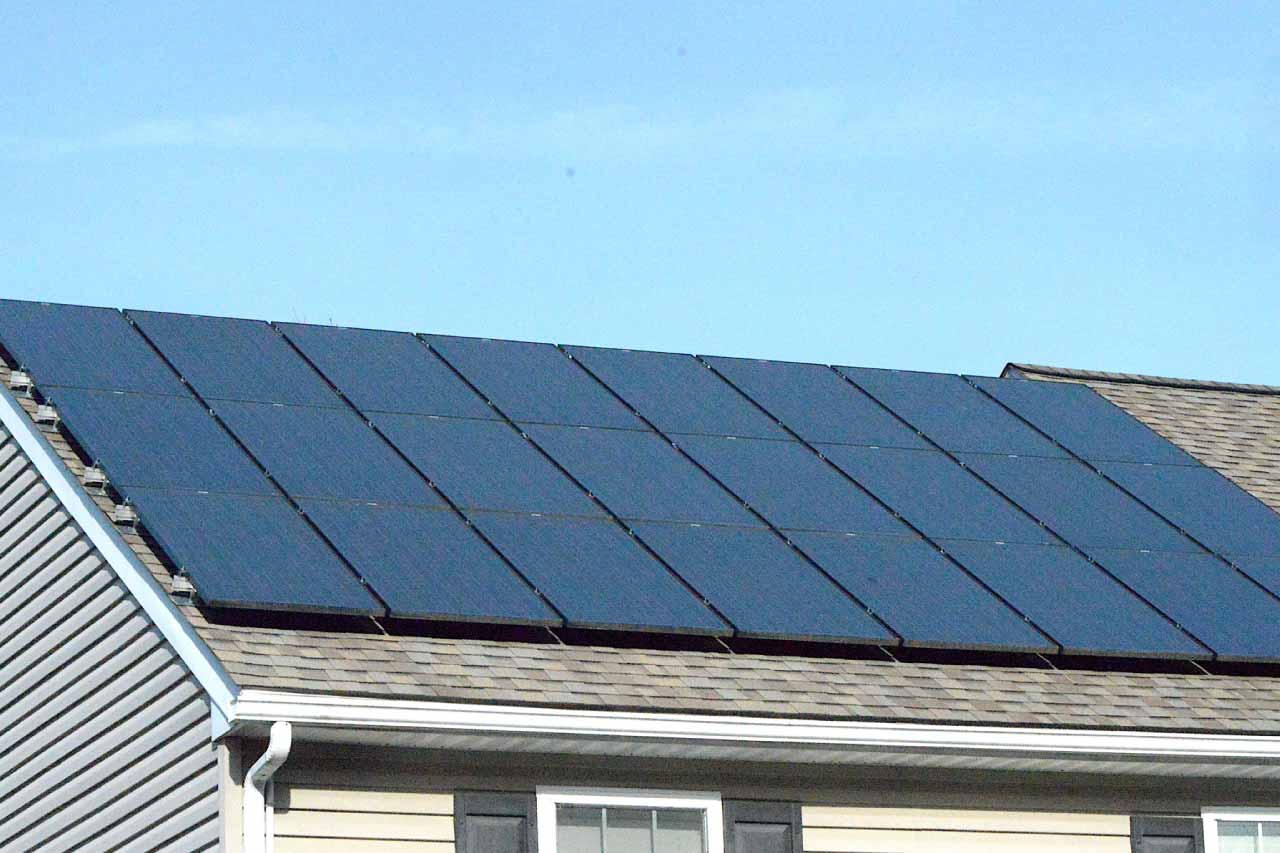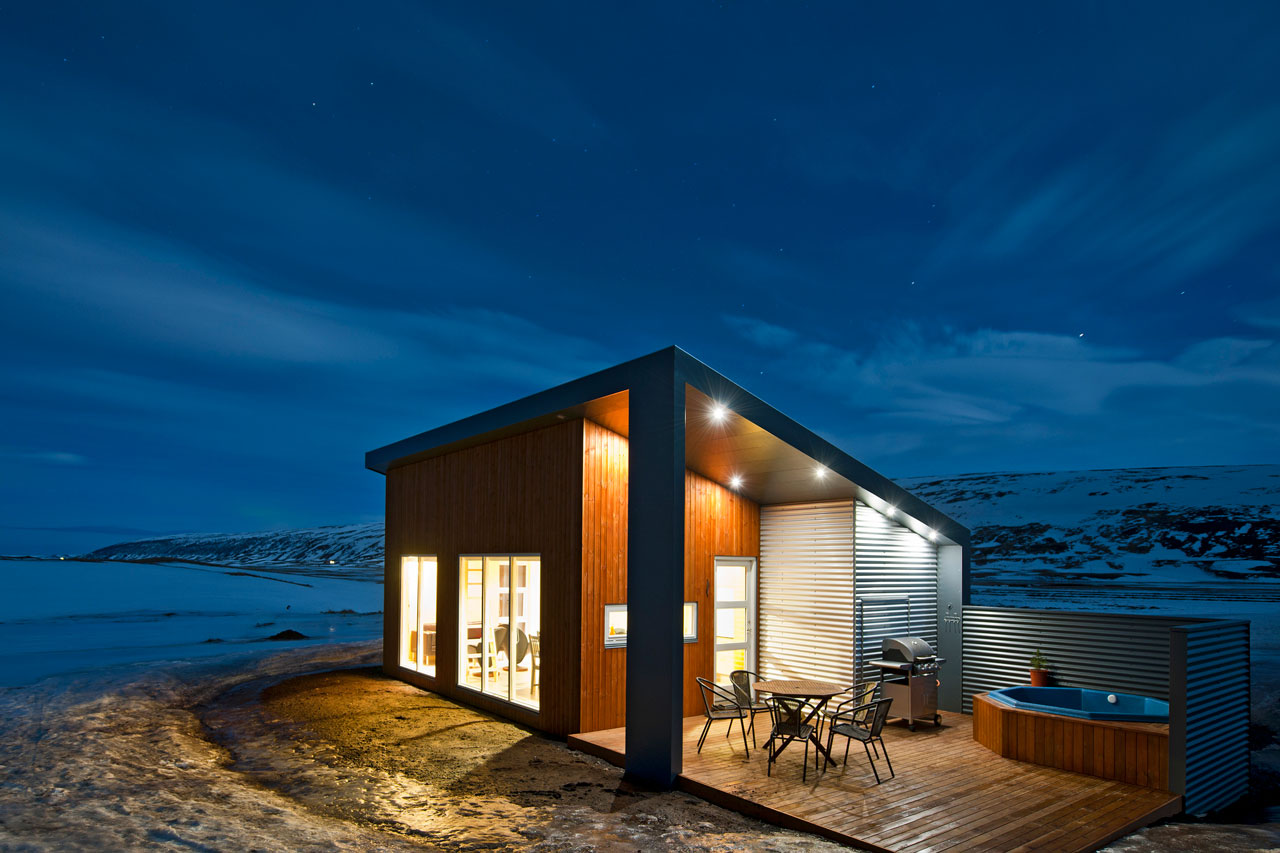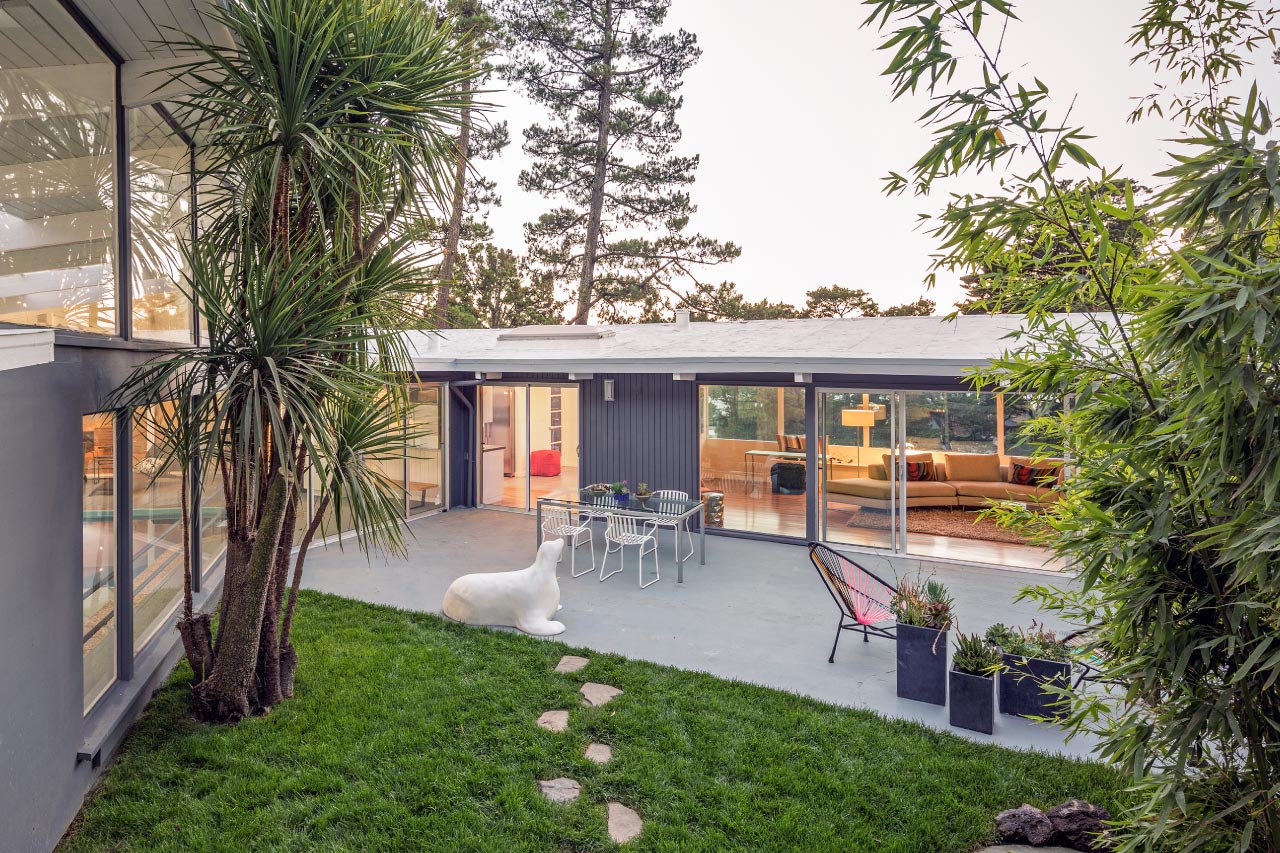Resource Center
Tips and tools to help you tackle any home project.


Popular projects near you
- from $1,890
Home Cleaning
from $85Roof Repair
from $594Fence Repair
from $380Appliance Repair
from $264Pest Control
from $186Gutter Services
from $575Plumbing Services
from $210
Explore top articles
From average costs to expert advice, get all the answers you need to get your job done.

Budget for solar panel repair costs based on factors such as system type, panel size, accessibility, repair type, labor, parts, inspections, and more.

Roof inspection costs vary based on factors such as inspection type, materials, size, and accessibility. Use this guide to plan your roof inspection budget.

HomeAdvisor’s Solar Panel Cost Guide for Pennsylvania covers project costs in Philadelphia and Pittsburgh. Use this guide to find solar panel costs for PA.

Discover the cost to build a steel home and determine how the home type, size, finishes, systems, and labor fees affect your final project price.

Building a modern-style home costs more than a traditional build, but smart planning helps manage the budget. Learn what affects price and how to save.

The cost to replace a water heater depends on the type and size of heater you choose. Understand all the cost factors before you take on this project.






